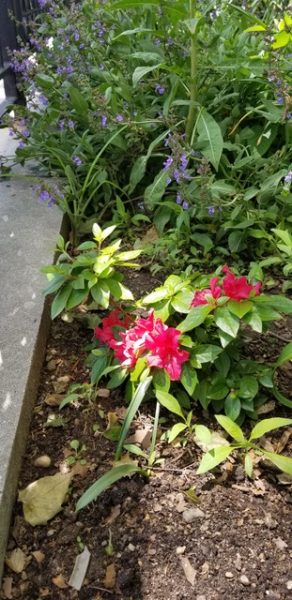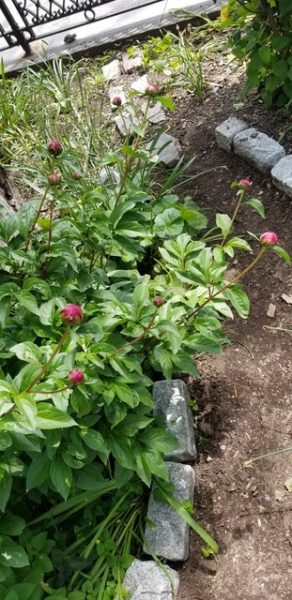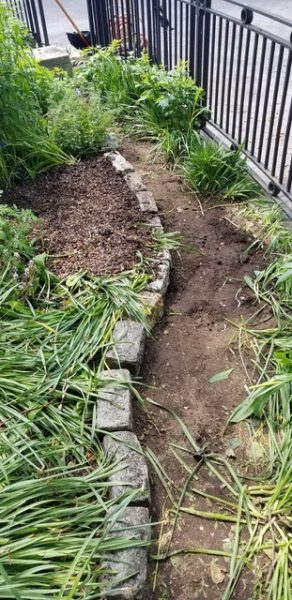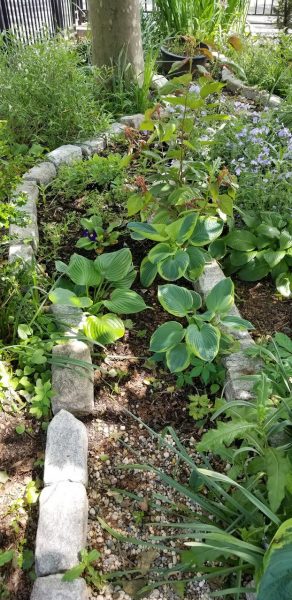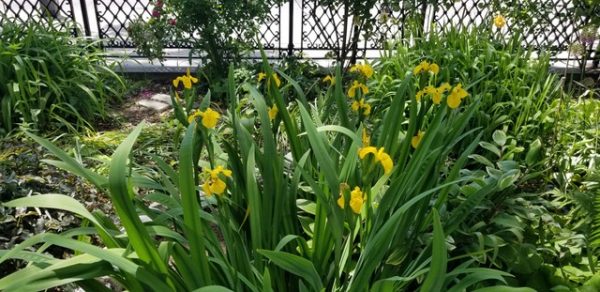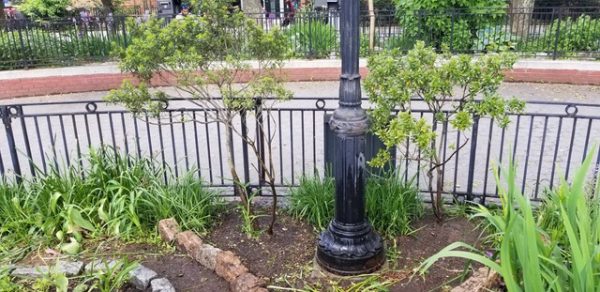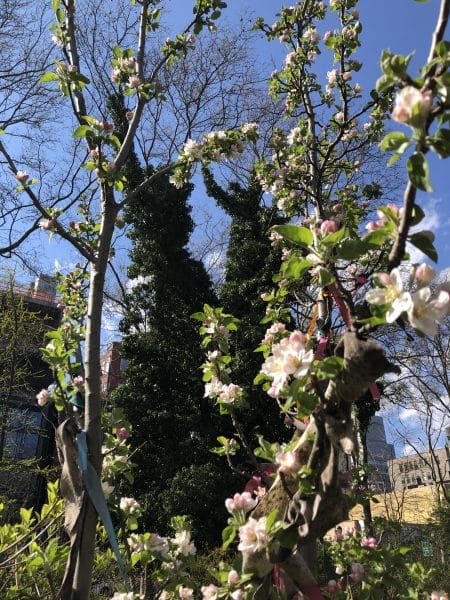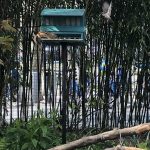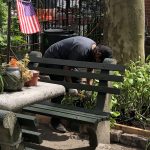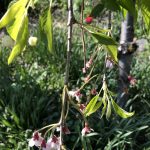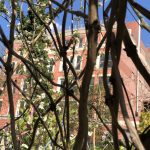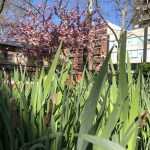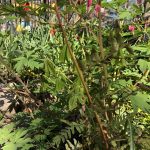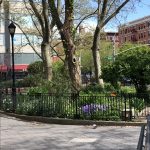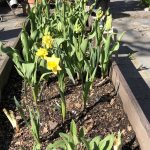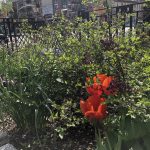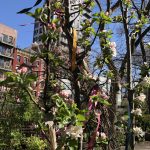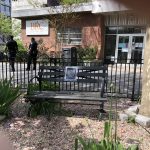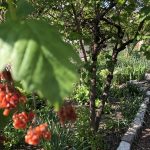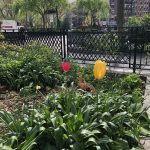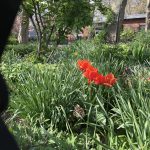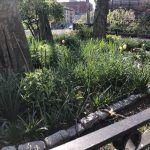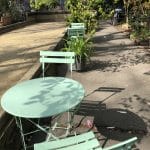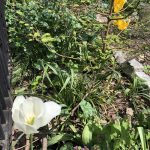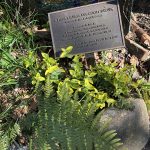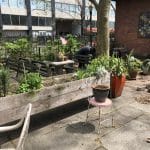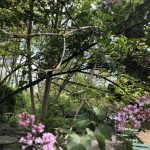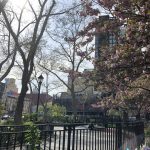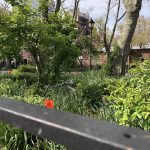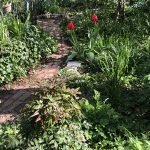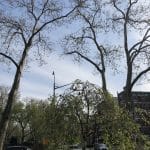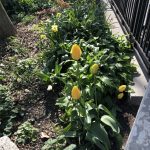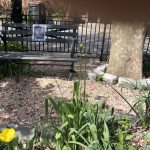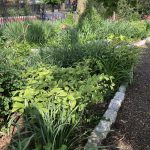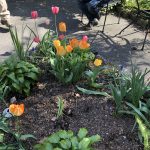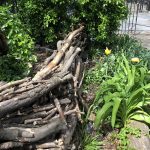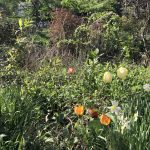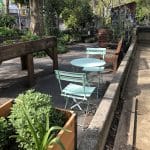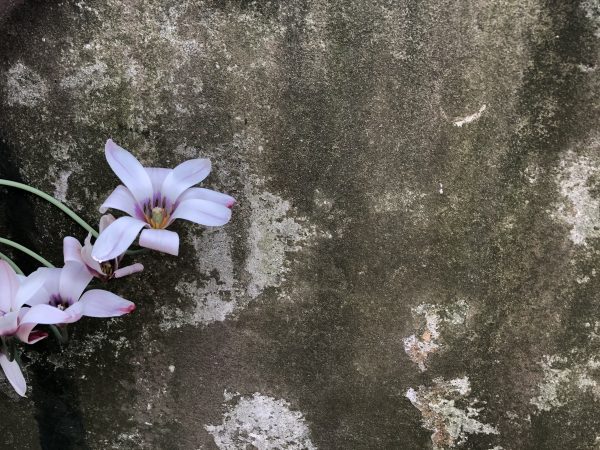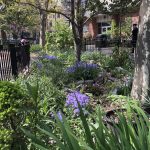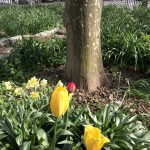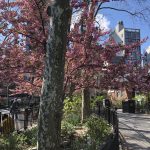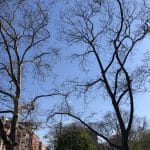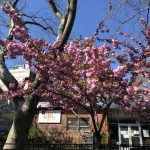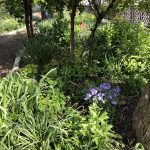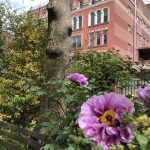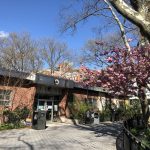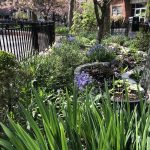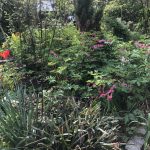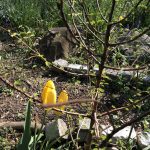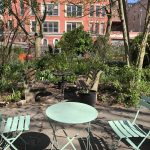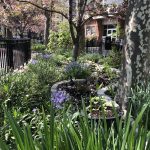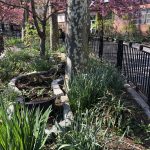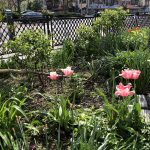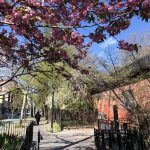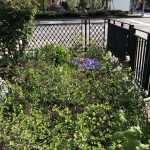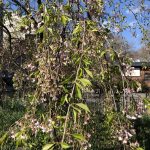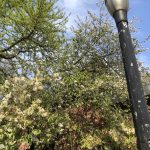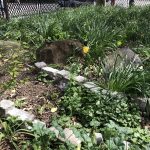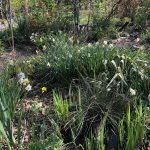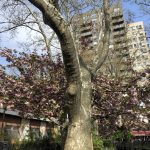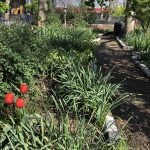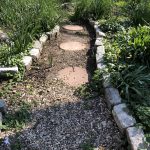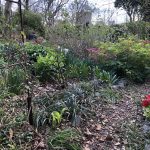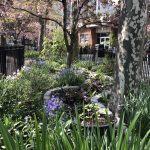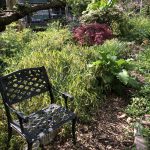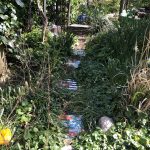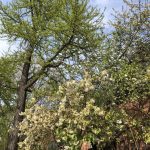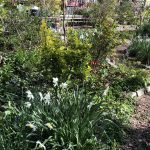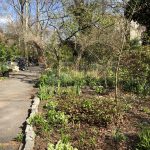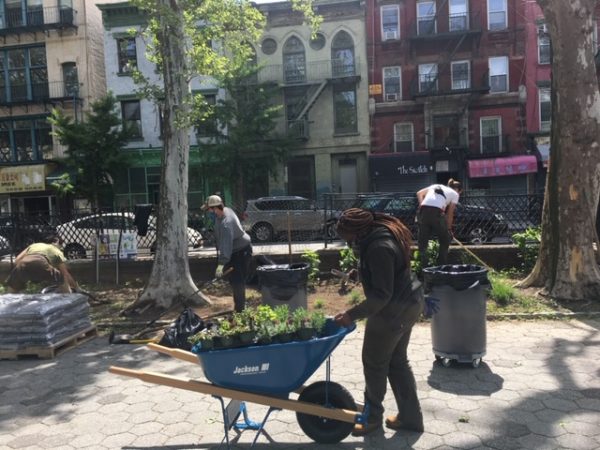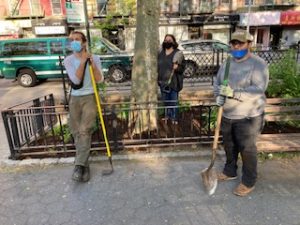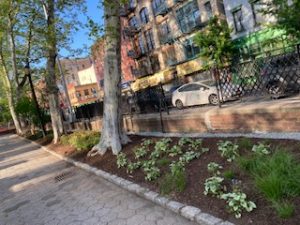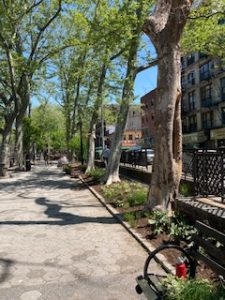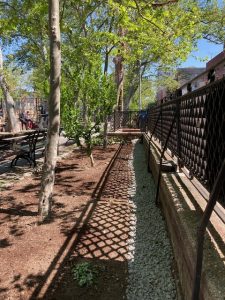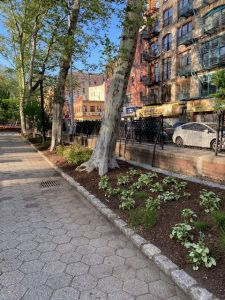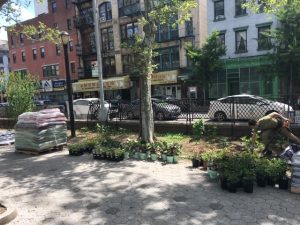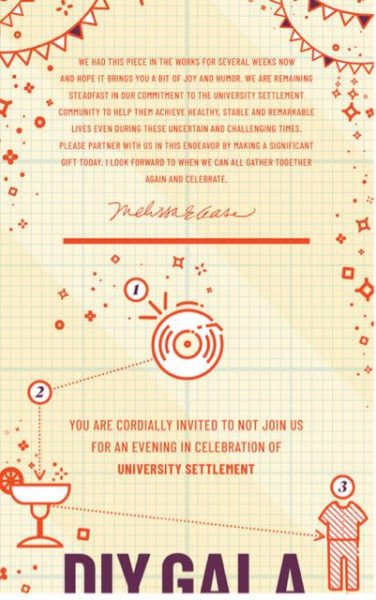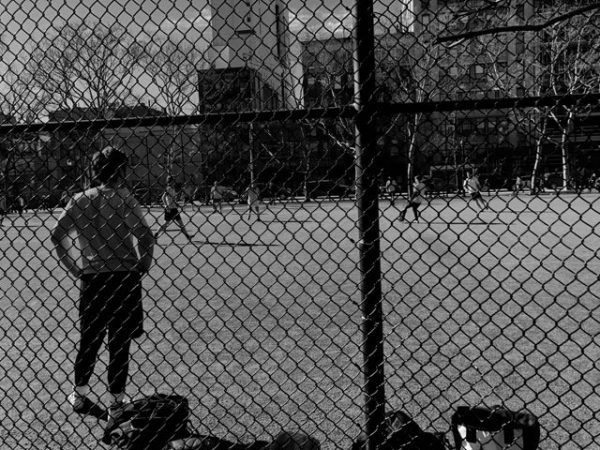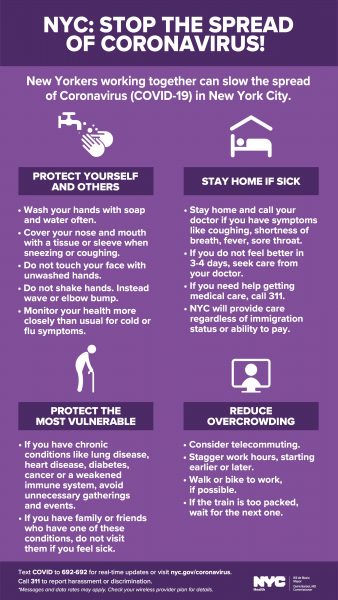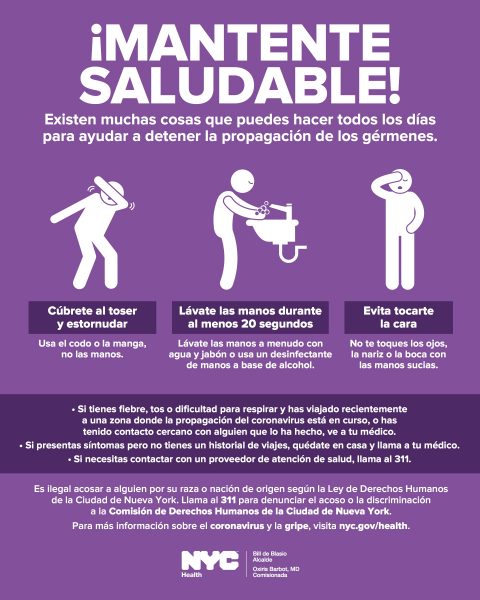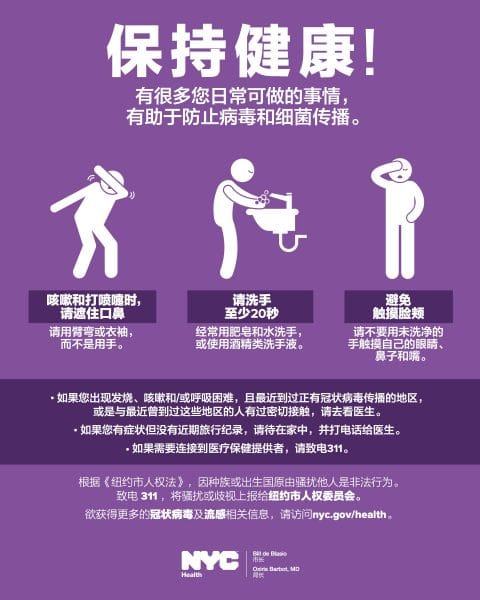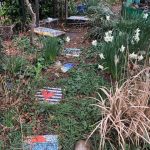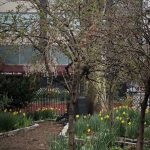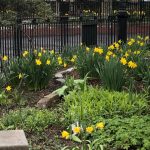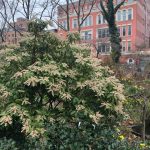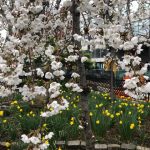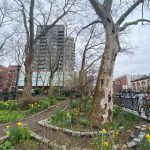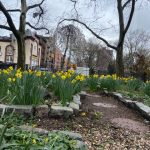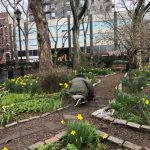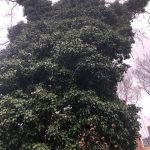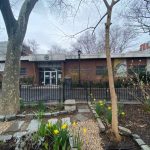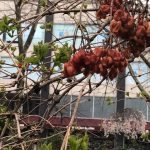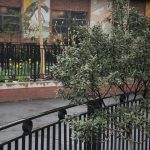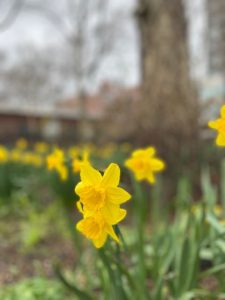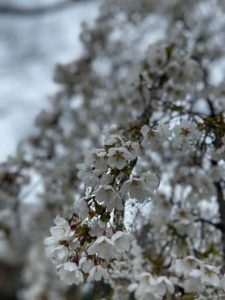|
Friends,
It’s Thursday, March 19, and this is my fourth COVID-19 newsletter.
As you might imagine, the New York Blood Center is experiencing critically low blood and platelet appointments– making it difficult to meet patient needs and hospital demand. If you’re able to donate blood, please visit www.nybloodcenter.org for information on scheduling an appointment.
Over 680,000 New Yorkers have signed up for the City’s COVID text notification system to get regular updates on the latest developments with coronavirus in New York City. Text COVID to 692-692. Spanish speaking (or reading) New Yorkers can text COVIDESP to 692-692 for updates in that language.
The City Dept. of Health is now posting a daily health status report here. (Scroll to “Daily Syndromic and Case Data Update” and click “COVID-19 Daily Case Data Summary (PDF)”.
Similarly, the Johns Hopkins University of Medicine has established a Coronovirus resource webpage with a dashboard showing the global counts by nation, with an interactive (ie clickable) map that shows caseloads by jurisdiction.
You can sign up for COVID-19 updates from Governor Cuomo here.
Over 1,500 medical providers have signed up to aid the City’s response efforts to COVID-19 by completing a survey at nyc.gov/helpnownyc. (Yesterday’s survey link broke after we published it, but it’s back up and running now.)
You can apply for an NYPL library card online and check out e-books to read on your device. Now’s the time to dive in to “War and Peace”!!
Banks in New York will waive mortgage payments for 90 days and suspend foreclosures based on financial hardship, Gov. Cuomo said. The 90 days constitutes a grace period– those who participate in the program will still owe their payments but be allowed to pay them at a later date.
Keith Powers published an op-ed in the NY Post, “New York State needs to throw our bars and restaurants an urgent lifeline” And Chalkbeat reported that “Thousands of crossing guards, substitutes worry they won’t be paid during NYC school shutdown”.
Food Bank for New York City has established a COVID-19 webpage which outlines their efforts to stay open and solicits community support. Notably, their Harlem Community Kitchen and Food Pantry remains open at 252 W. 116th St. in Harlem.
Target stores are reserving their first hour every Wednesday for seniors and high-risk customers. I’m working on an updated list of supermarkets which have done the same– stay tuned.
I saw a tweet worth mentioning here: “For a lot of folks, the difference between social distancing and social isolation is going to be a critical one. Folks, check in on each other, there are still walks and bike rides and conversations to be had.”
On the local front:
This morning I learned that a 180-resident low-income senior building in Hamilton Heights needed on-site meal delivery– and fast! Reportedly an adult day care center that many of the residents relied on had closed up without providing grab-and-go meals. Within hours, LiveOn and Citymeals coordinated a multi-meal drop off directly to the building lobby. So a big THANK YOU to the staff at LiveOn New York and Citymeals on Wheels!
CaringKind is in operation remotely, with their staff continuing to serve families caring for their relatives with Alzheimer’s. Social workers and dementia care specialists are providing one-on-one and family consultations and support via phone, and support groups are taking place via teleconferencing. Their “Understanding Dementia for Family Caregivers” workshop is available online. Contact their Helpline at 646-744-2900 for more information.
The City and State now mandate that no business have more than 25% of their workforce report to offices. NYPD, FDNY, DOB, and the Sheriff’s Offices are enforcing the City’s closure of movie theatres, museums, cinemas, clubs, concert venues, and commercial gyms, as well as the limitations placed on restaurants, bars, cafes, and catering halls to pick up and delivery food service only. So far, the City has inspected 8,150 businesses and religious institutions and has observed overwhelming compliance. Six violations have been issued.
Monday, the DOE is set to begin distance learning. They have launched a form for those parents whose kids need tablets. For children who will be learning at home, here is a helpful portal.
—
If you’re a small business owner in NYC affected by COVID-19, visit nyc.gov/covid19biz or call 311 for info on grants, updates & more.
New York City has launched the Employee Retention Grant Program to help NYC small businesses and nonprofits retain employees as they face decreased revenue from the impact of the CoronaVirus (COVID-19). Eligible applicants will receive a grant covering up to 40% of their payroll for two months, up to $27,000. This program is available to NYC small businesses and nonprofits with 1-4 employees that can demonstrate at least a 25% decrease in revenue as a result of COVID-19. The applicant must also have been in operation for at least 6 months and have no outstanding tax liens or legal judgments. To apply go to the NYC program website and be prepared to upload supporting financial documents for 2019 and 2020 to demonstrate the revenue impact, and two months of payroll records to calculate the grant amount. Be sure to click on the document checklist for specific requirements.
The federal Small Business Administration has declared New York State (and NJ and PA) businesses eligible for Coronavirus (COVID-19) disaster loans. FInd out more here or at SBA.gov/Disaster. (Inexplicably, the webpage does NOT list New York State as eligible, but I’m told the application form DOES. Their site is running very slowly, understandably, but patience might be rewarded!
The Pace University Small Business Development Center has no-cost virtual meetings/calls with a Pace SBDC Business Advisor. Email sbdc@pace.edu for an appointment and check their website for updates on available small business resources.
Start Small Think Big specializes in providing small businesses in underserved communities with free legal, marketing, and financial assistance. They are hosting free virtual office hours for small businesses with their team of legal and finance professionals this week daily from 4-5 pm. Downbload the ZOOM application to your computer and visit https://zoom.us/j/381661126 (if you go directly to this meeting link without downloading the app, it will prompt you to download it– the prompt is not a virus!!) or dial in at 929 436 2866. Use the meeting ID 381 661 126.
—
NYC Health + Hospitals today announced expanded, appointment-only COVID-19 testing capacity across 10 acute-care hospitals, seven Gotham Health community-based health centers, and four drive-thru test sites for New Yorkers with moderate-to-severe symptoms. With this expansion, H+H anticipates serving 150 people per day at each of its 10 centers; 50-75 people per day at the Gotham clinics; the drive-thru sites will be able to accommodate 100 people per day. It’s a start. New Yorkers who have high priority because of age, pre-existing conditions and symptoms, call 1-844-NYC-4NYC for more information. Patients who obtain appointments will receive an expedited consultation with a primary care physician to capture their medical history before their sample is collected for testing. This will ensure that the appropriate medical treatment is provided should a test come back positive. This is all part of a private-public partnership between the City’s public health system and BioReference. All COVID-19 testing is being provided at no cost to patients.
MetroPlus health insurance clients can now interact by phone: 855-809-4073
—
Social Security offices are closed, naturally, but many SSA services can be accessed online.
Visit their COVID-19 web page here.
—
To ensure New Yorkers who use Section 8 rental assistance vouchers have undisrupted access to housing, the City is taking the following steps:
• The City will automatically extend any Section 8 voucher set to expire. Voucher holders do not need to reach out
to the City for an extension.
• All subsidy terminations that are in process are suspended until further notice.
• Any HPD Section 8 voucher holders facing rent hardships due to decreases in income should contact HPD.
• NYCHA encourages households experiencing a loss of income to visit the NYCHA Self-Service Portal.
The HPD Section 8 team is still available to the public by email at DTRAI@hpd.nyc.gov. (The HPD Section 8 Customer Service Office at 100 Gold Street is closed until at least March 30)
—
Today’s Manhattan senior center meal distribution update is posted on my website here.
Many new centers have been added and changes made to other times and locations.
That’s it for Thursday; do contact me at (212) 669-8191 if you have questions or concerns.
Stay safe,
|

